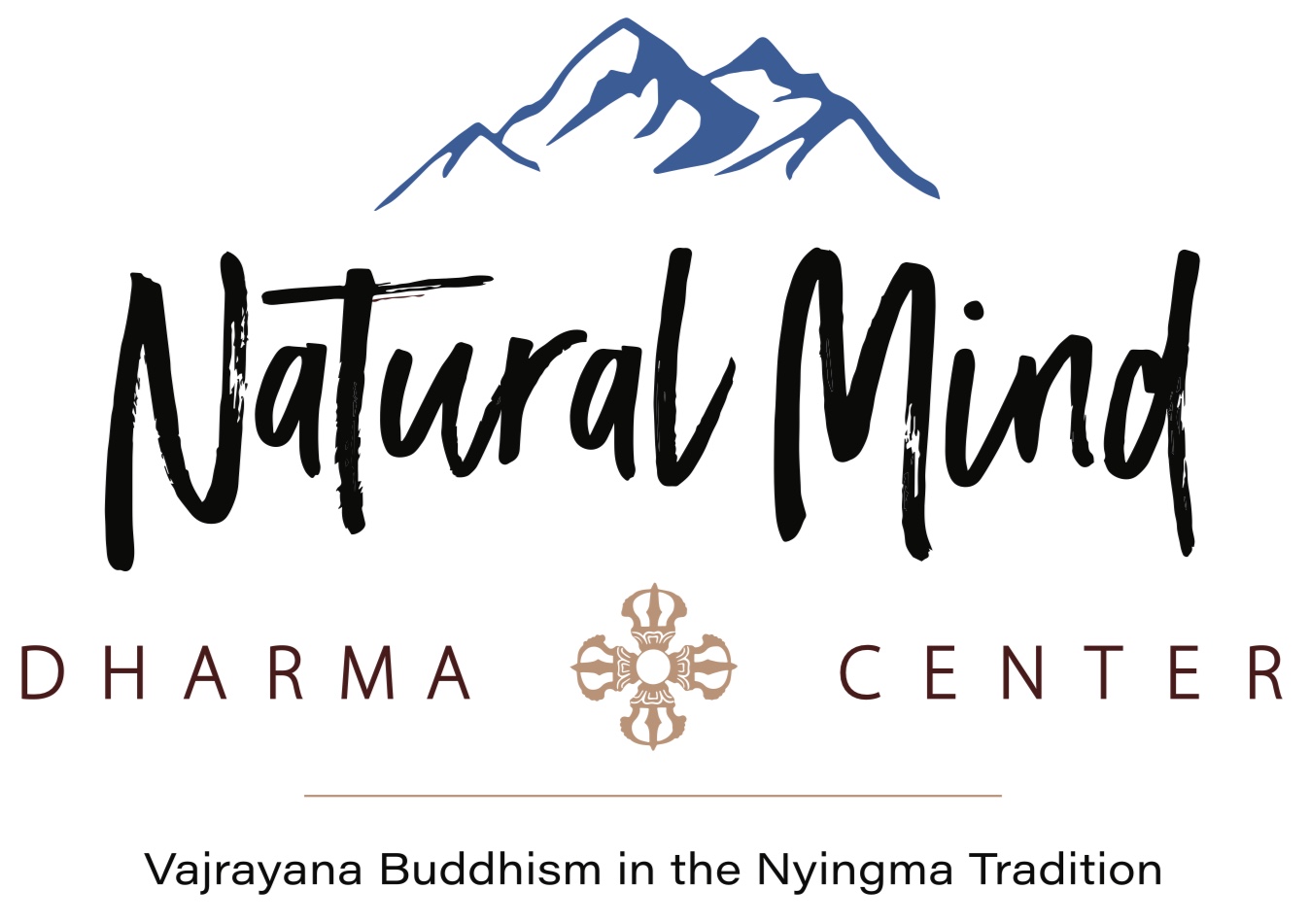Comfort Zone
Many years ago, when I first began practicing in the Vajrayana tradition, I prided myself on making altars. I would build, arrange, and rearrange, the various Dharma items to make a perfect place for practice. Truth be told, I spent more time creating the perfect place than I did practicing. I remember repurposing an old TV stand, using the pull-out shelf for my practice texts. With pride, I showed this to Lama Rinchen. He smiled and said, “Very convenient.”
I realized I was way too fixated on comfort and convenience. Real spiritual practice stretches us out of that delusion. It is only when we walk into unfamiliar territory that our practice begins to bear fruit. It is important to develop good conditions to support our meditation, but if our motivation is to have a comfortable experience, we will experience limited benefit. We grow more quickly and gain more insight when we are out of our comfort zone.
I think this is why we may meditate for years without seeing much change. We just practice tolerating our habit patterns in quieter circumstances. I recently saw a documentary called “Mindfulness Goes Mainstream” presented on public television. It followed celebrities and other folks who found mindfulness to be helpful in adapting to life stresses. I was both inspired and disappointed. Inspired because of the encouragement to practice. Disappointed because I knew it was soft-selling the challenges of settling the mind.
In the Zen tradition, a sensei who leads meditation practice might employ a sudden smack to a monk’s shoulders with a katsu stick. This split bamboo device looks like a wooden sword or switch. Katsu is a Japanese word based on the Buddhist concept of a thunderclap that may turn one’s life around. It literally involves a rather painful hit on the shoulder. A meditator who thinks he or she is doing such a great job meditating that they are breezing through to enlightenment may receive rude awakening!
My teachers once said, “The true sign that your spiritual practice is bearing fruit is how skillfully you deal with stirred up emotions.” If we think meditation in all about avoiding being stirred up, then we have no opportunity to learn anything. Life is all about dealing with situations that take us out of our comfort zone. We enter the glorious land where our habits of mind are triggered and we can clearly see them. If we then have the presence of mind to see them as empty, they become liberated. Eventually, we cease being triggered.
There is an old story of a monk who spent years meditating in a small hut out in the middle of the desert. The only things he owned was a grass mat to sleep on, a bowl and spoon with which to eat, and a sacred book. One day he went for a walk and when he returned he saw that all his meager possessions had been stolen. He turned around and looked in the distance to see a man with a donkey laden with stolen goods. The monk began to feel anger. He noticed a glint of metal on the floor in the corner of his hut. It was his spoon. He grabbed it and then chased after the thief, shaking his raised spoon. Along the way, his heart softened. When he caught up with the thief and his donkey, he smiled kindly and handed him the spoon saying, “Here, you forgot something.”
